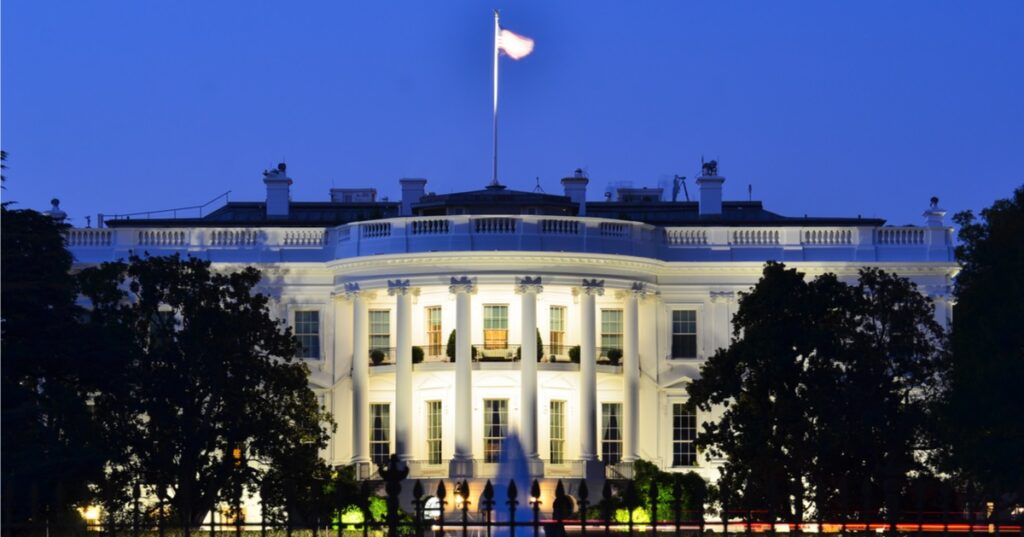Settlement Forces Restart of Several Federal Student Loan Forgiveness Programs
The Trump administration paused most student loan debt relief programs after former President Joe Biden tried a broad cancellation move, and lawsuits followed quickly. One recent suit ended in a settlement that requires the government to reverse that pause and start processing applications again for specific programs.
Under the settlement, borrowers who apply to the affected programs will see their paperwork accepted and processed while those programs remain authorized. That action could restore relief access for as many as 2.5 million people, but only for a limited period tied to statutory lifespans of the programs.
A federal court in Washington approved the settlement to end litigation brought by a teachers’ union that filed suit in March to challenge the pause. The suit argued the administration’s halt cut off borrowers from options that existed when their loans were originated, and the court’s order now pushes the administration to act.
The agreement requires the Department of Education to resume accepting and processing applications for the Income-Contingent Repayment plan and the Pay as You Earn plan while those options remain in effect. Those two income-driven plans are central to the settlement and will be available only until their legal expiration.
Both of those programs are scheduled to expire on July 1, 2028, under a legislative package tied to the Trump agenda bill passed by Congress earlier this year. That timeline means eligibility will be real but finite, and borrowers should be aware the window is limited by statute.
The settlement also directs the government to begin processing applications under the Public Service Loan Forgiveness program again, and it includes a commitment not to collect taxes on eligible relief for debt discharged before the end of 2025. Those provisions restore key pieces of relief that consumer advocates had pushed to protect.
As part of the court’s control of the process, the government must file six status reports every 30 days about how it is implementing the agreement, with the first report due 30 days after any current government shutdown ends and normal appropriations are in place. That reporting requirement gives the court a steady view of compliance until actions are completed.
The pause had been prompted by a disputed interpretation of a court order that targeted the Saving on a Valuable Education, or SAVE, plan, and the administration said it needed time to review the legality of mass cancellation efforts. Consumer advocates and the union countered that the pause effectively stripped borrowers of long-standing repayment options and access to relief they had a right to seek.
With processing restarted under these programs, a significant subset of borrowers can once again pursue debt forgiveness through existing statutory channels rather than relying on executive-wide cancellation. The change shifts the path back to program-based relief that was already on the books when many loans were issued.
Expect more back-and-forth as the parties and interest groups respond, since the settlement preserves legal and political tensions over how federal student aid should be managed. For now, the court-ordered resumption puts administrators back to work on applications that were blocked by the pause.



